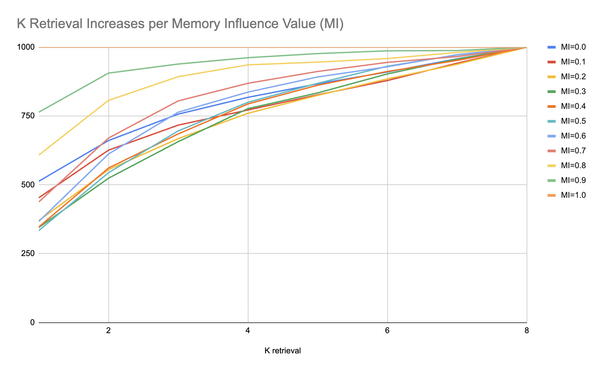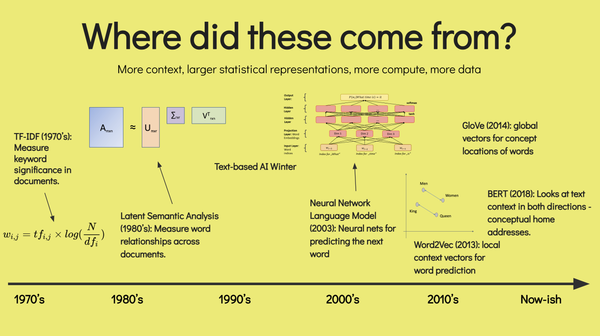The Multiple Facets of Influence

This study compares six metrics commonly used to identify influential players in two of Canada’s largest political Twitter communities based on the users, and ranking order of users, identified by each metric. All tweets containing the hashtag #CPC, representing the Conservative Party of Canada (government), and #NDP, representing the New Democratic Party of Canada (official opposition), were collected over a 2-week period in March 2013 and a follower network graph was created. Social network analysis and content analysis were employed to identify influentials. Kendall’s τ was the primary quantitative measure for comparison. Categorization of Twitter profiles of users found within the top 20 most influential lists, according to each metric of influence, made up the qualitative portion of analysis. The authors find that measures of centrality—indegree and eigenvector centrality—identify the traditional political elite (media outlets, journalists, politicians) as influential, whereas measures considering the quality of messages and interactions provide a different group of influencers, including political commentators and bloggers. Finally, the authors investigate the possibility of using the local clustering coefficient of nodes to identify those who are both aware of the traditional elite and embedded in tightly knit communities, similar to the “opinion leader,” described in the Two-Step Flow Hypothesis.



